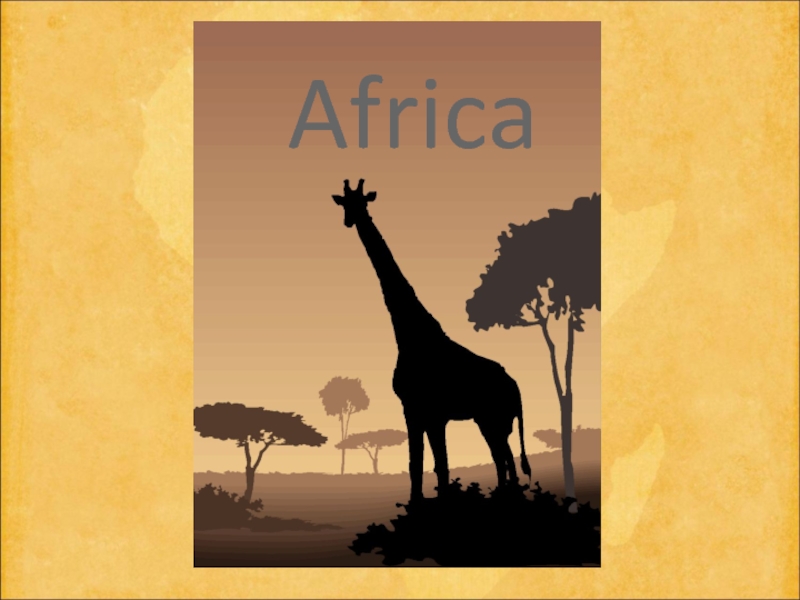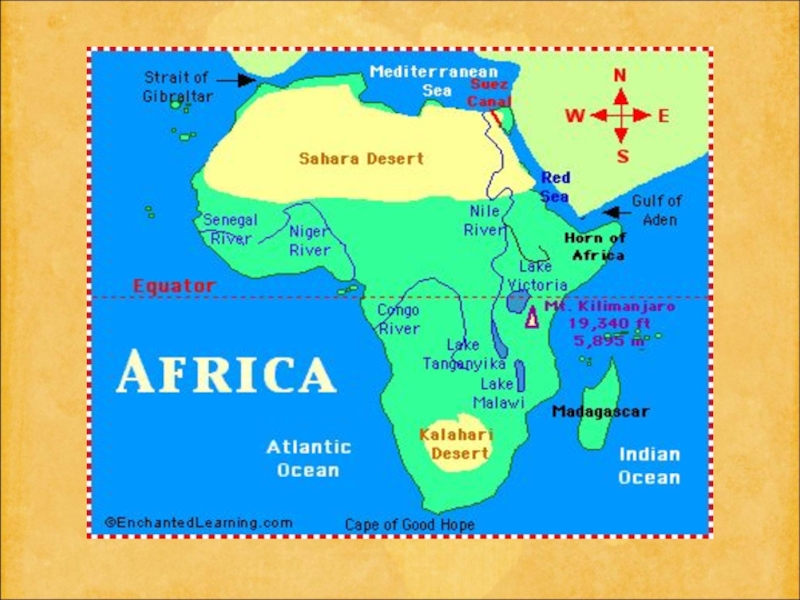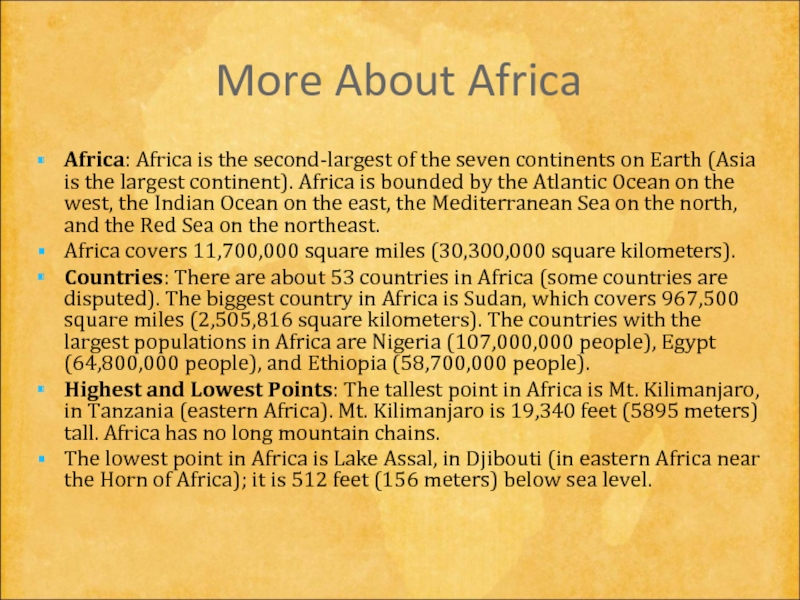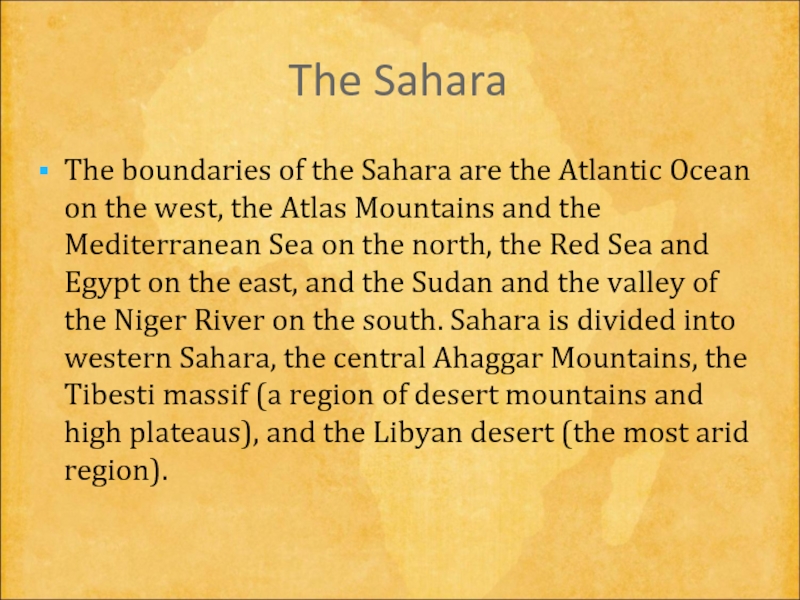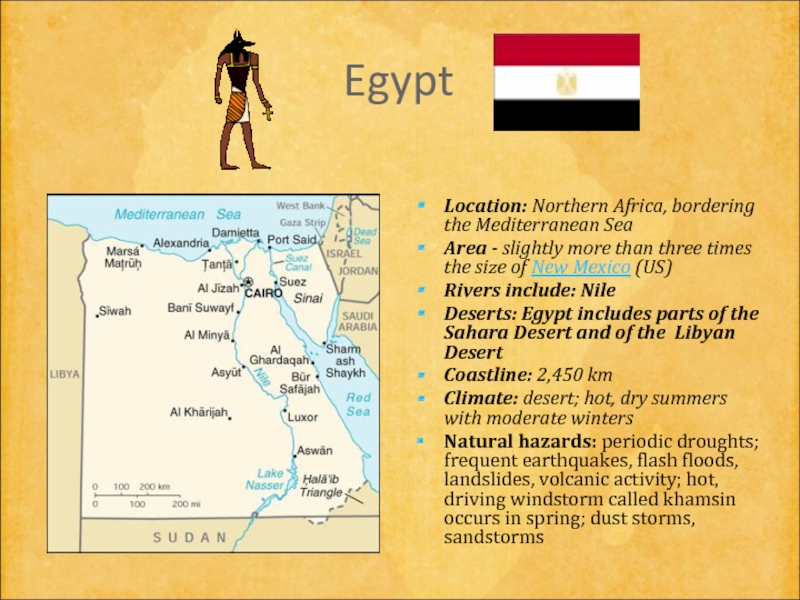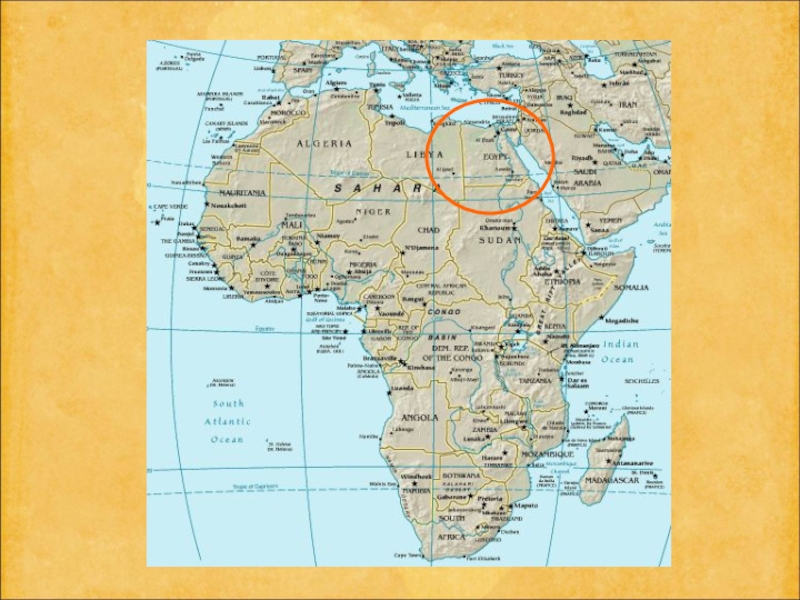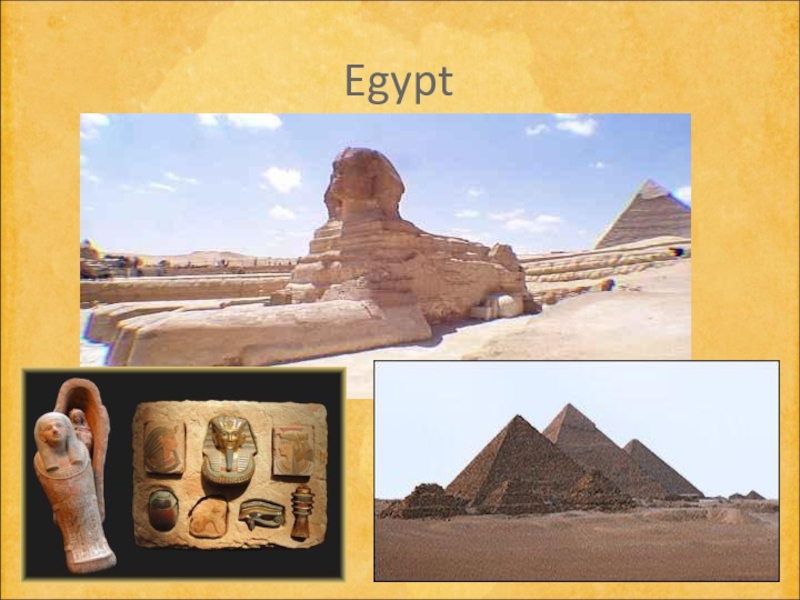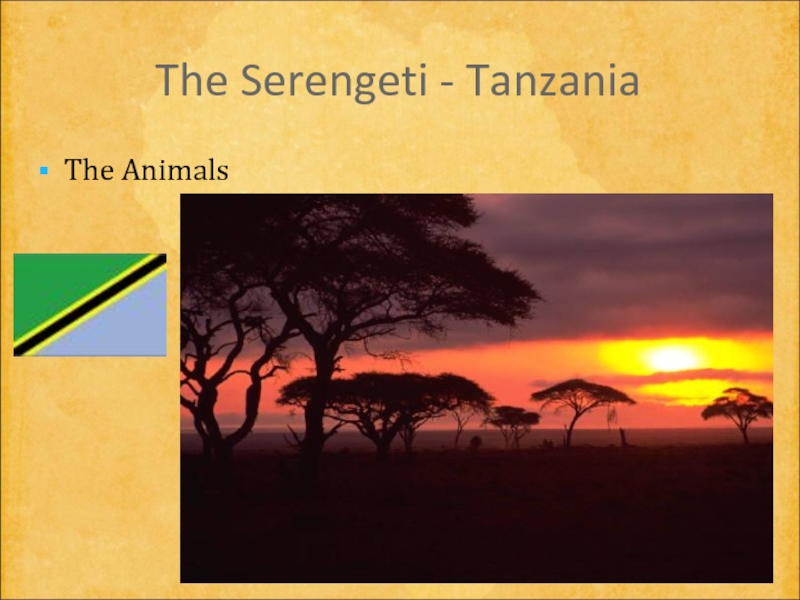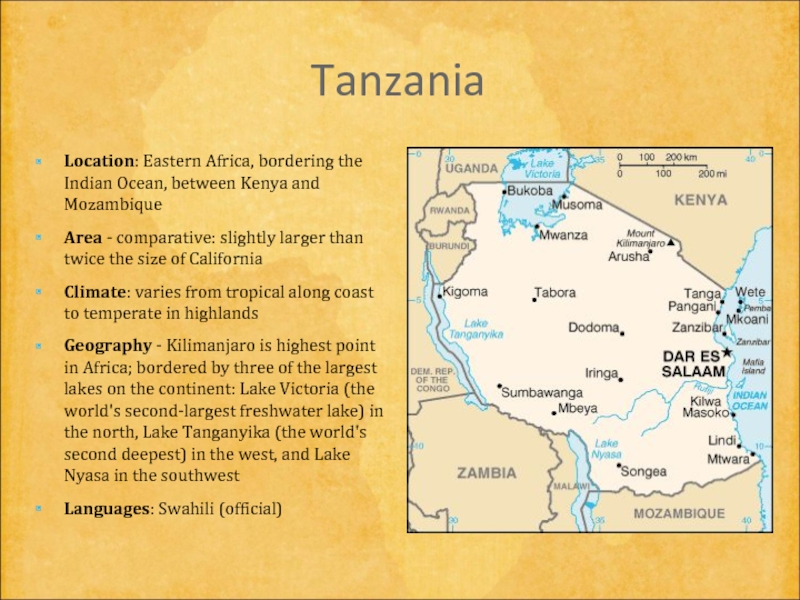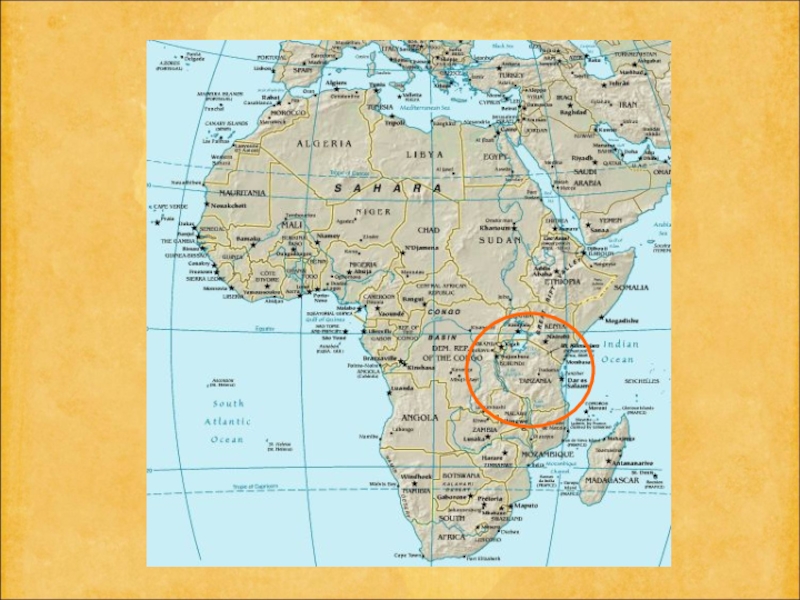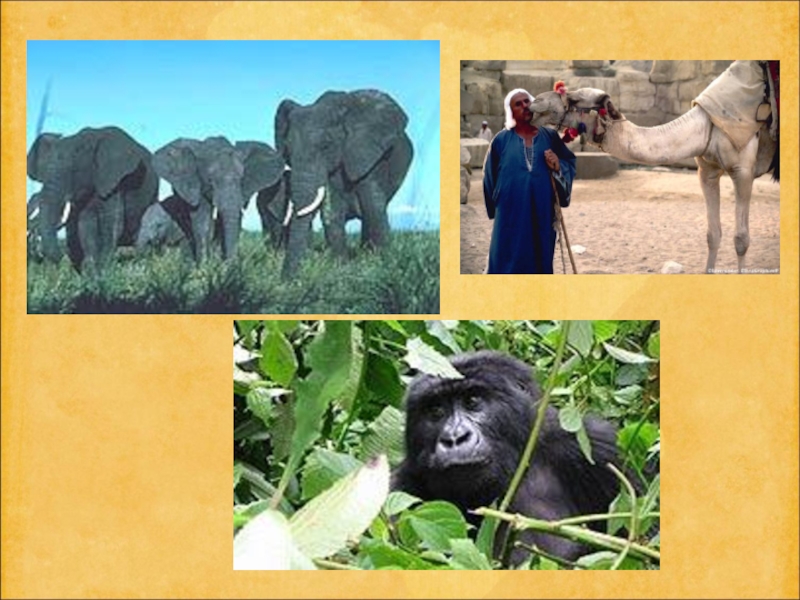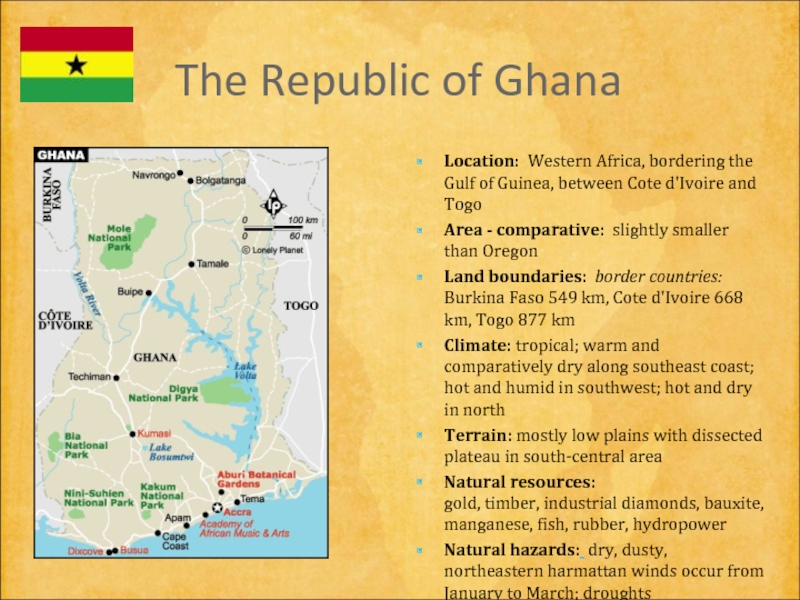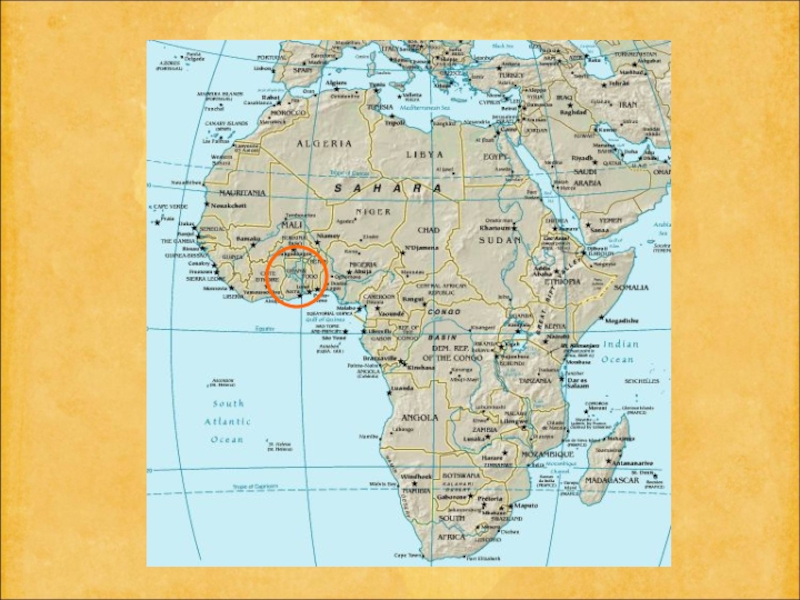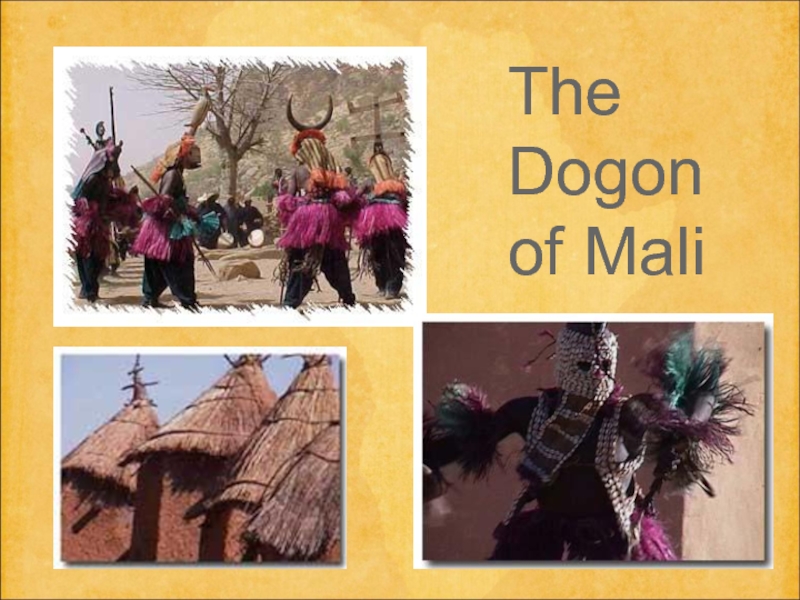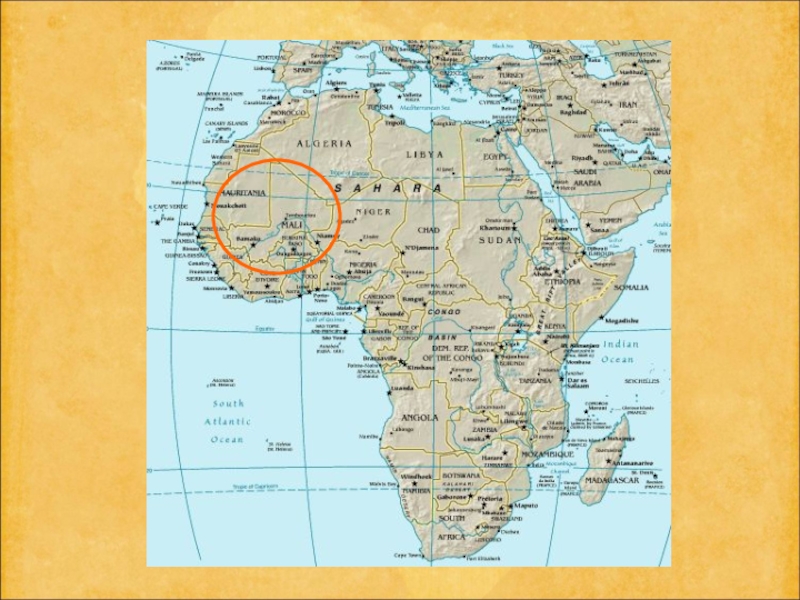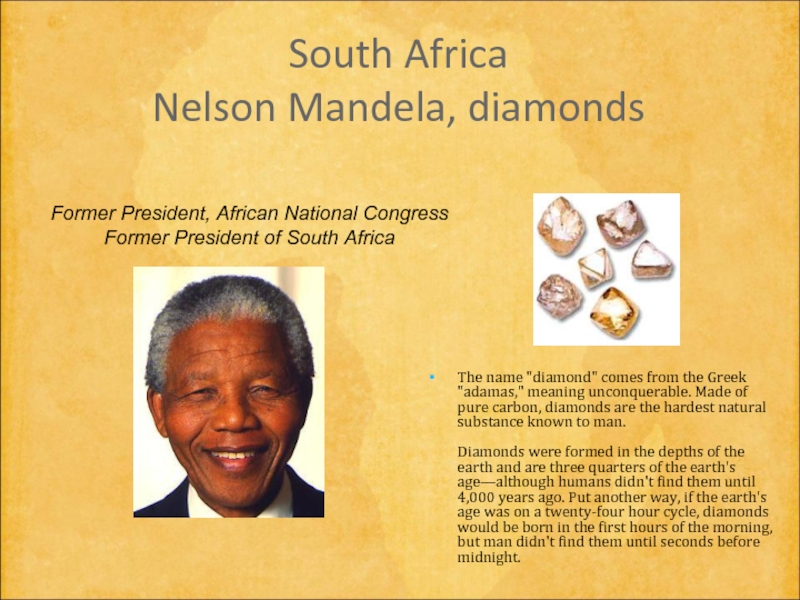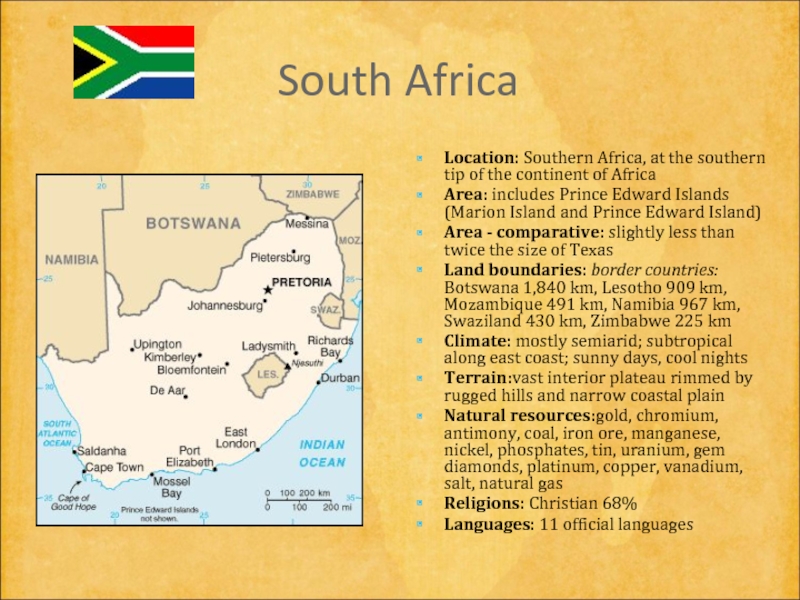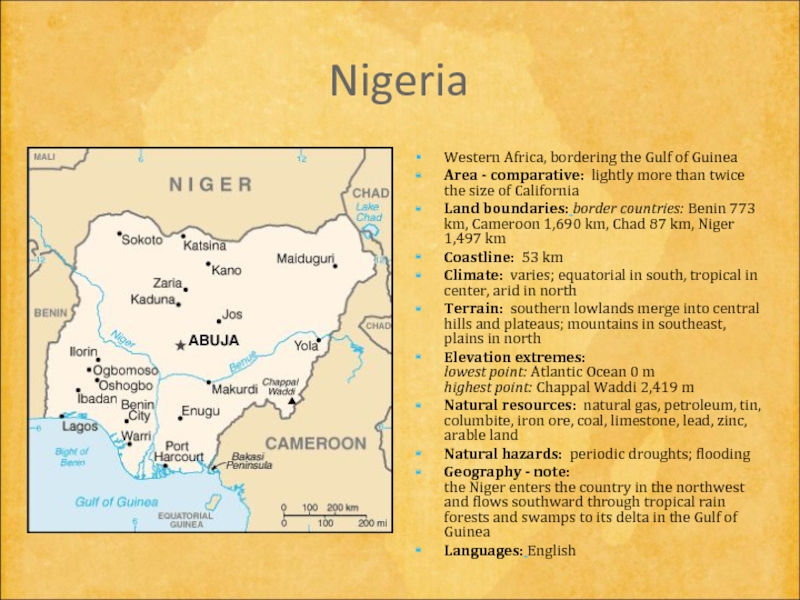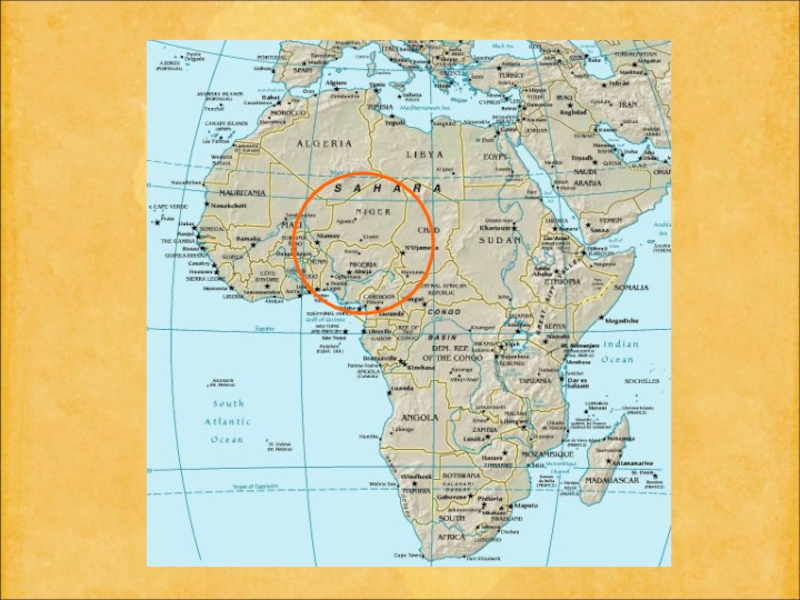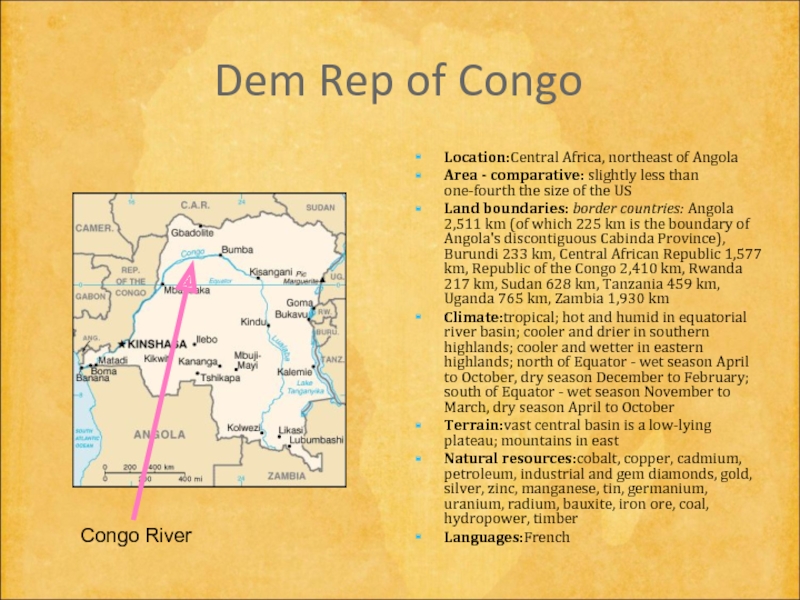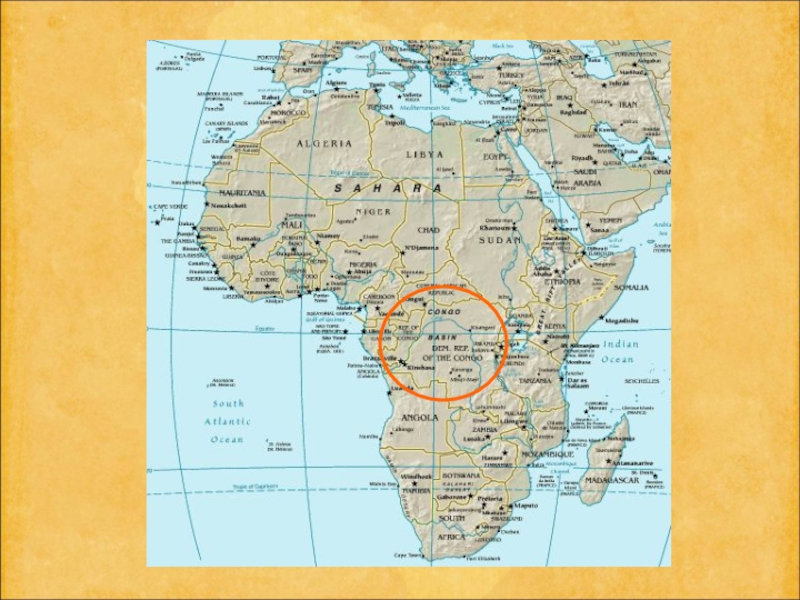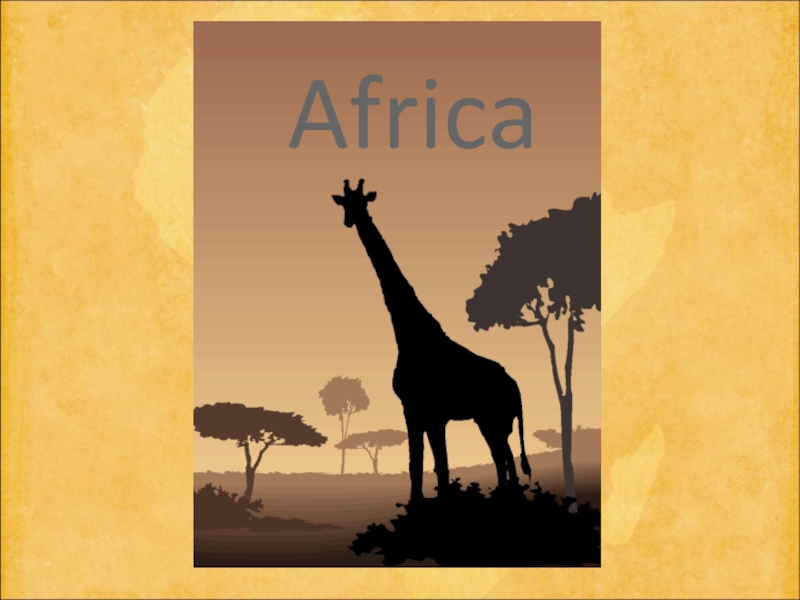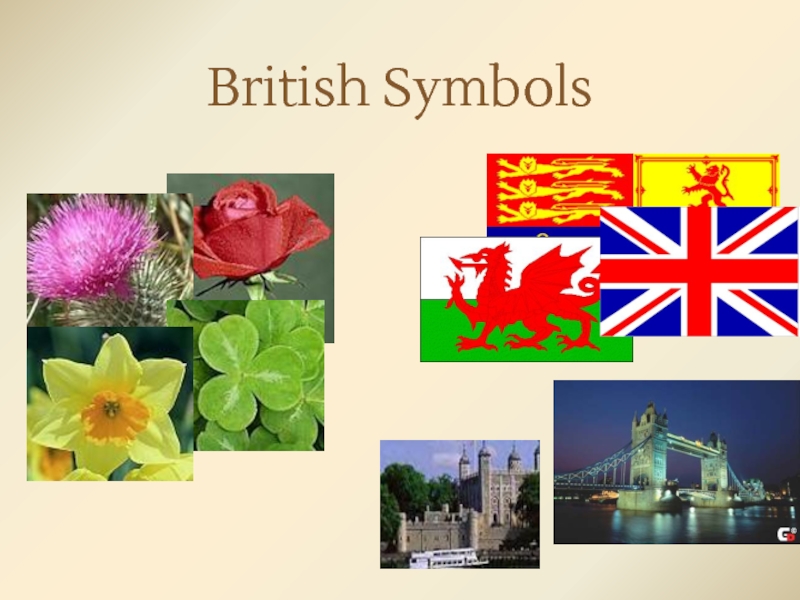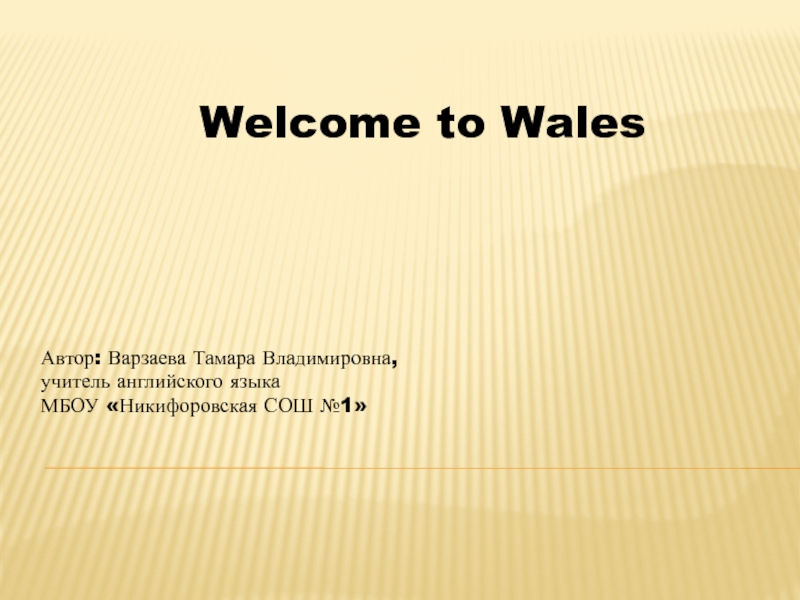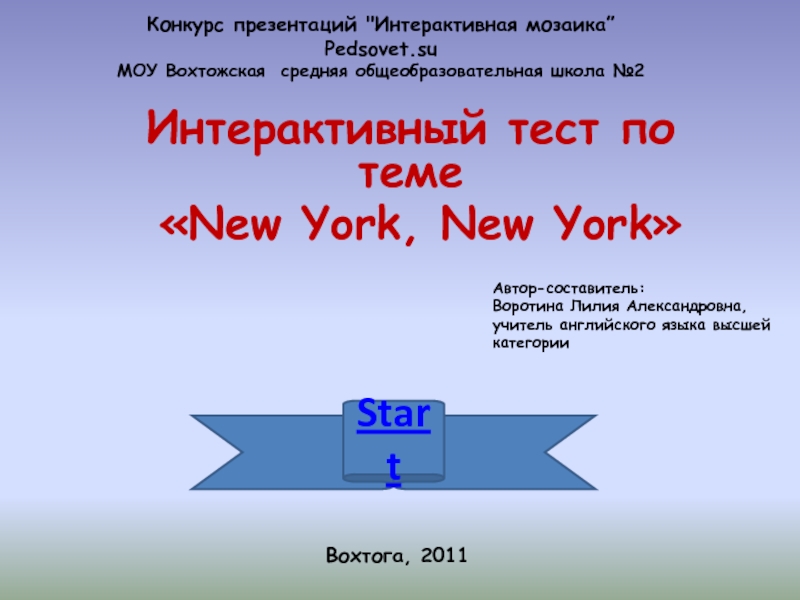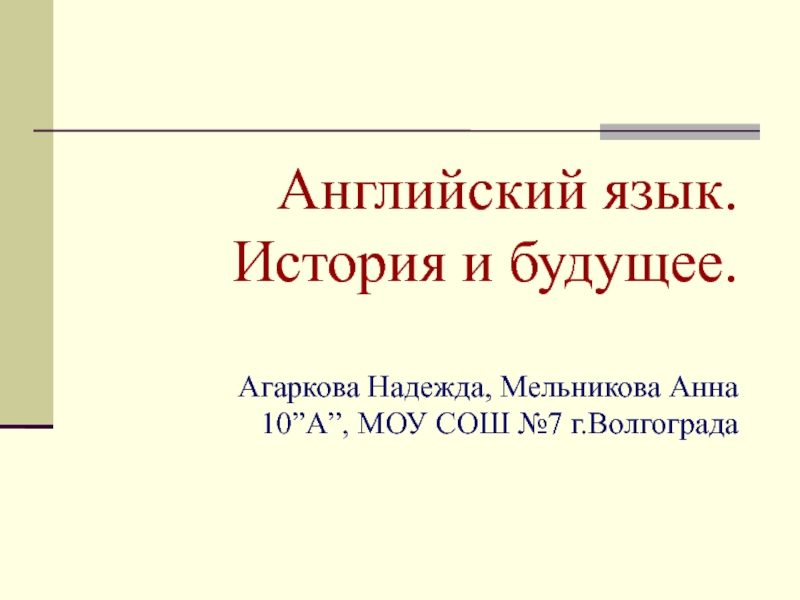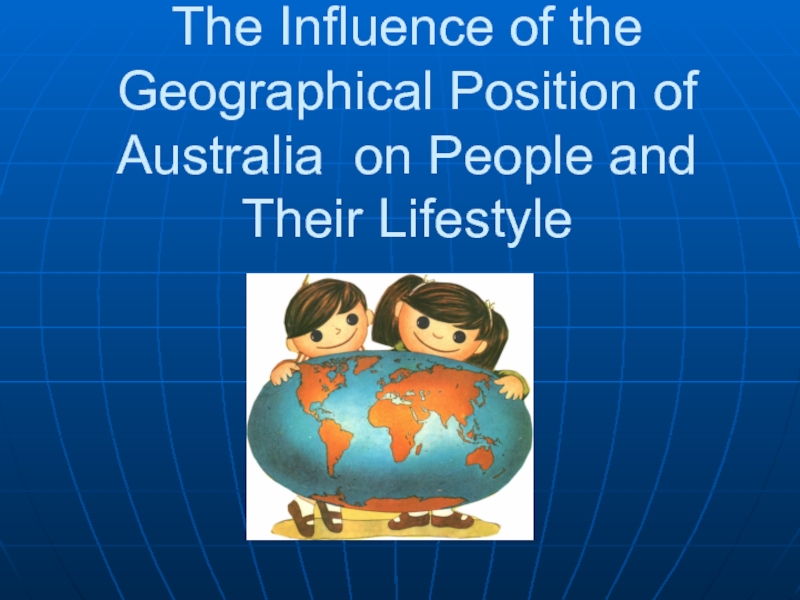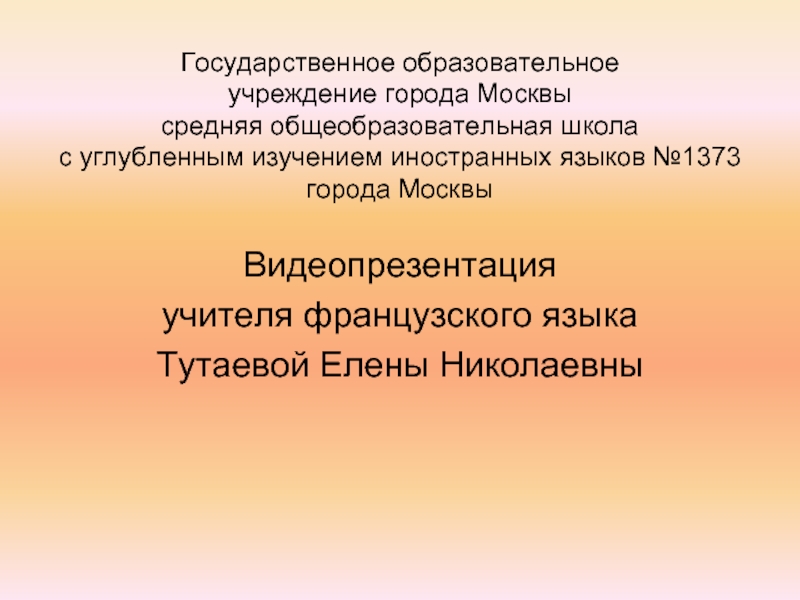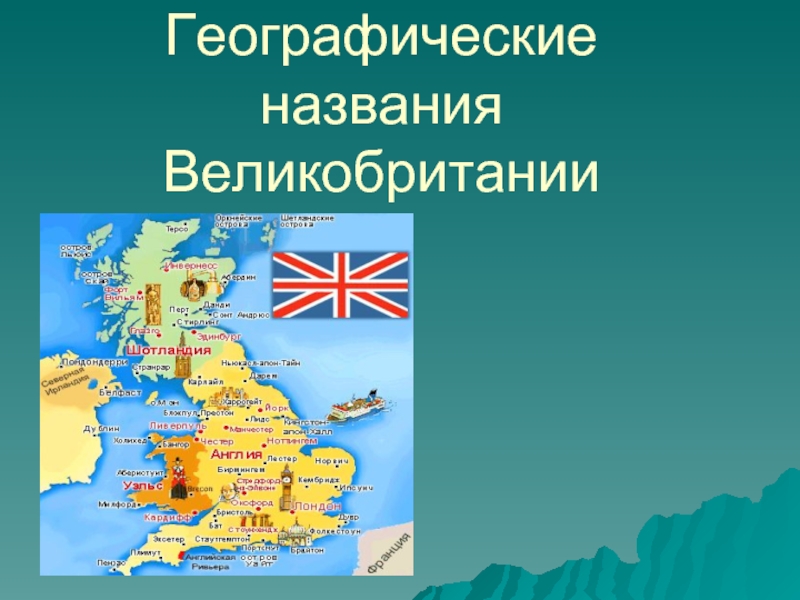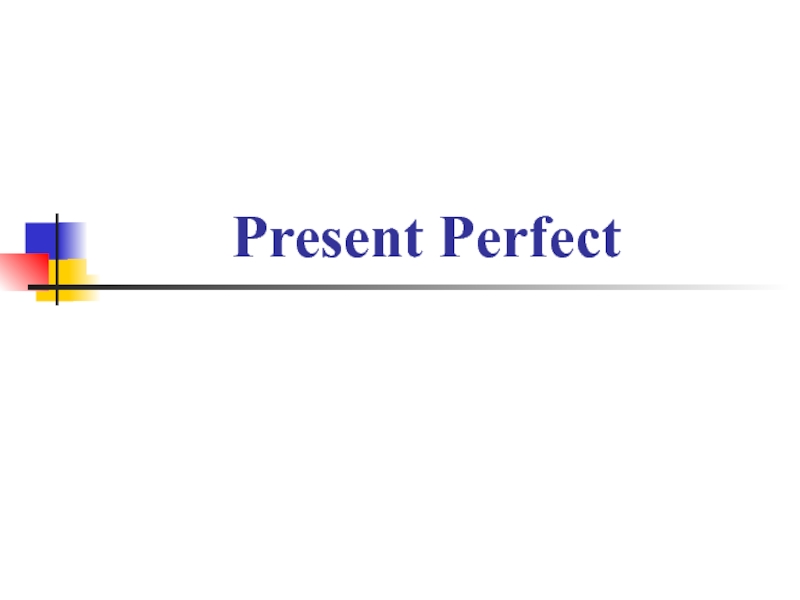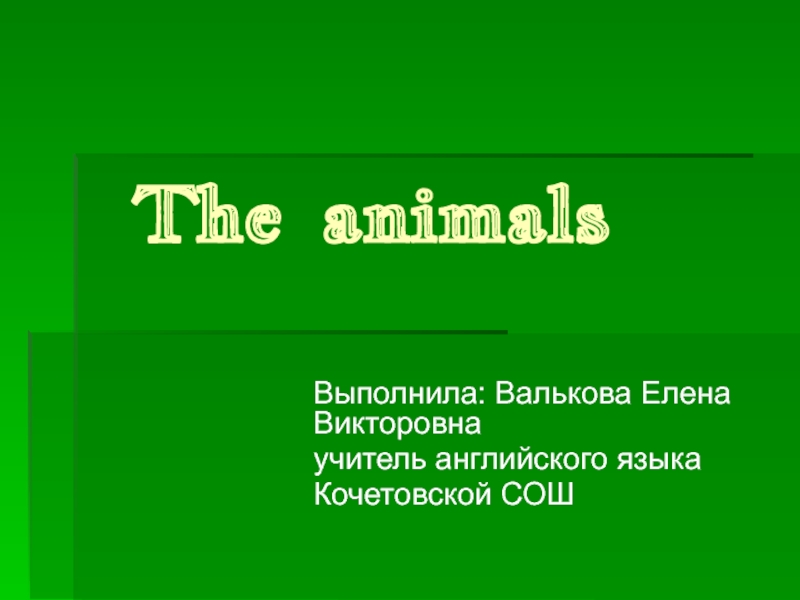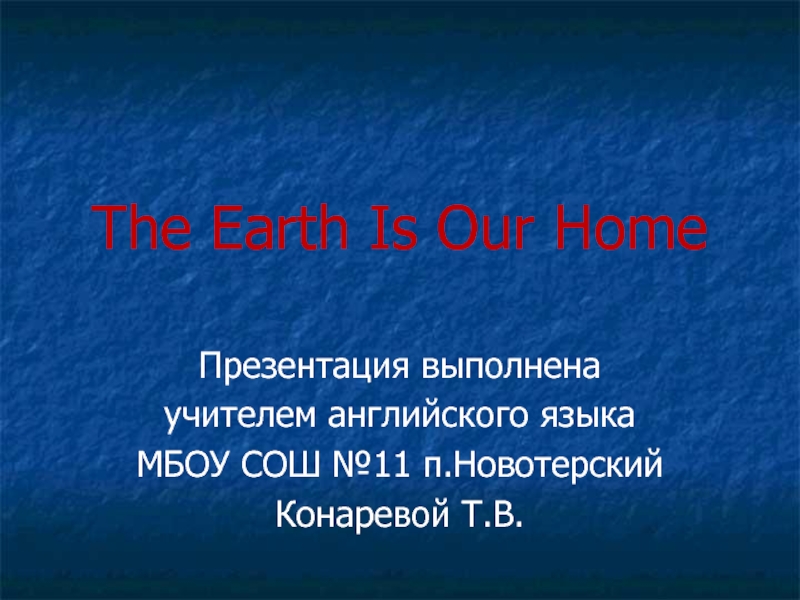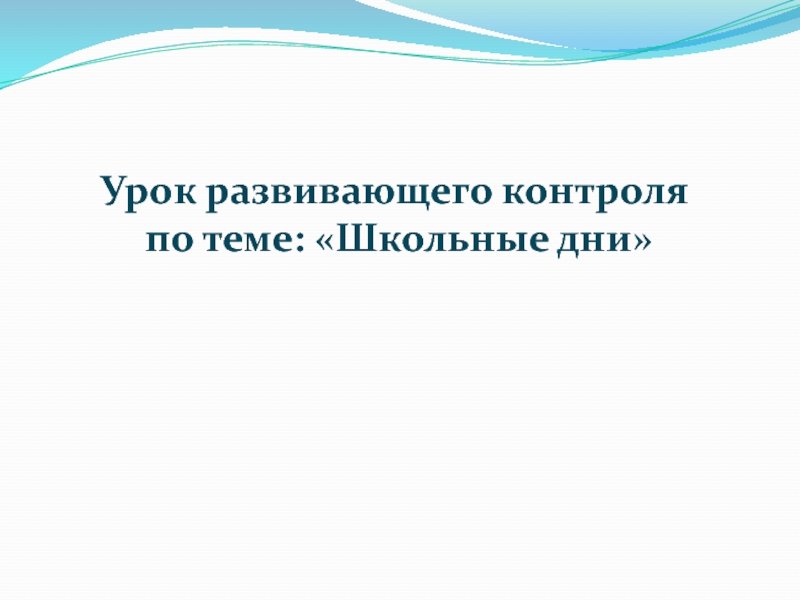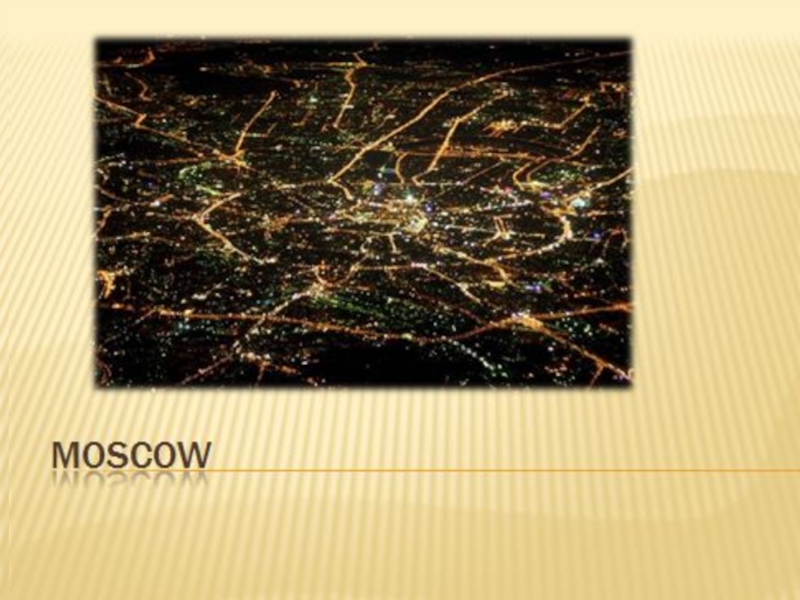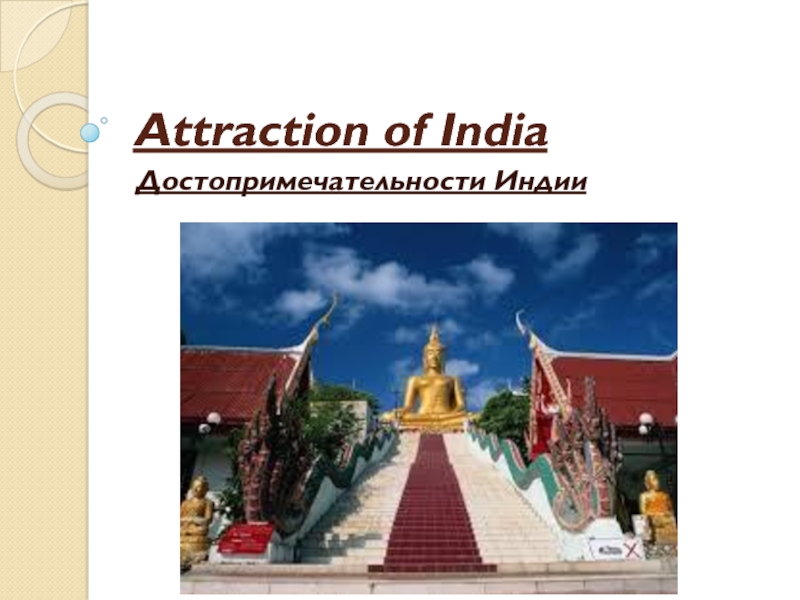Слайд 3More About Africa
Africa: Africa is the second-largest of the seven
continents on Earth (Asia is the largest continent). Africa is
bounded by the Atlantic Ocean on the west, the Indian Ocean on the east, the Mediterranean Sea on the north, and the Red Sea on the northeast.
Africa covers 11,700,000 square miles (30,300,000 square kilometers).
Countries: There are about 53 countries in Africa (some countries are disputed). The biggest country in Africa is Sudan, which covers 967,500 square miles (2,505,816 square kilometers). The countries with the largest populations in Africa are Nigeria (107,000,000 people), Egypt (64,800,000 people), and Ethiopia (58,700,000 people).
Highest and Lowest Points: The tallest point in Africa is Mt. Kilimanjaro, in Tanzania (eastern Africa). Mt. Kilimanjaro is 19,340 feet (5895 meters) tall. Africa has no long mountain chains.
The lowest point in Africa is Lake Assal, in Djibouti (in eastern Africa near the Horn of Africa); it is 512 feet (156 meters) below sea level.
Слайд 4
Lakes: Africa's largest lake is Lake Victoria; it covers 26,836
square miles (69,500 square kilometers). Other large lakes in Africa
are Lake Tanganyika, Lake Malawi, and Lake Chad.
Rivers: The longest river in Africa is the Nile River; it is 4,241 miles (6825 kilometers) long. Other long rivers in Africa include the Congo River, the Niger River and the Zambezi River.
Deserts: Africa has many vast deserts, including the largest hot desert in the world, the Sahara. The Sahara Desert is located in northern Africa and covers 3,500,000 square miles (9,065,000 square kilometers). The Kalahari, in southern Africa, is another large desert.
Islands: The biggest island off Africa is Madagascar, which is near the coast of southeast Africa. Madagascar covers 226,658 square miles (587,000 square kilometers). Other islands include the Seychelles (a chain of islands north of Madagascar), the Comoros (another chain of islands north of Madagascar), the Canary Islands (a chain of islands off the northwest coast), the Madeira Islands (another chain of islands off the northwest coast), the Cape Verde Islands (off the coast of western Africa), Equatorial Guinea (off the coast of Cameroon), and Sao Tome (southwest of Equatorial Guinea).
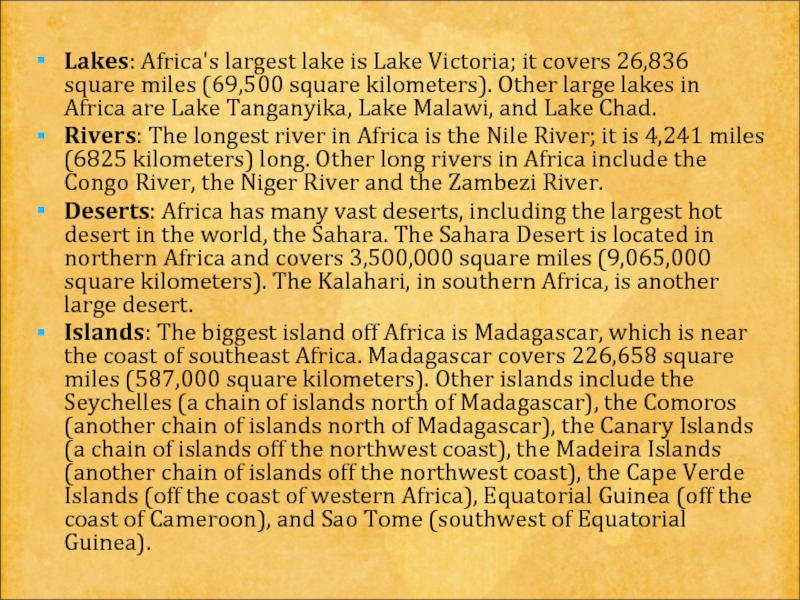
Слайд 5The Sahara
The boundaries of the Sahara are the Atlantic Ocean
on the west, the Atlas Mountains and the Mediterranean Sea
on the north, the Red Sea and Egypt on the east, and the Sudan and the valley of the Niger River on the south. Sahara is divided into western Sahara, the central Ahaggar Mountains, the Tibesti massif (a region of desert mountains and high plateaus), and the Libyan desert (the most arid region).
Слайд 6Egypt
Location: Northern Africa, bordering the Mediterranean Sea
Area - slightly more
than three times the size of New Mexico (US)
Rivers
include: Nile
Deserts: Egypt includes parts of the Sahara Desert and of the Libyan Desert
Coastline: 2,450 km
Climate: desert; hot, dry summers with moderate winters
Natural hazards: periodic droughts; frequent earthquakes, flash floods, landslides, volcanic activity; hot, driving windstorm called khamsin occurs in spring; dust storms, sandstorms
Слайд 9The Serengeti - Tanzania
The Animals
Слайд 10Tanzania
Location: Eastern Africa, bordering the Indian Ocean, between Kenya and
Mozambique
Area - comparative: slightly larger than twice the size
of California
Climate: varies from tropical along coast to temperate in highlands
Geography - Kilimanjaro is highest point in Africa; bordered by three of the largest lakes on the continent: Lake Victoria (the world's second-largest freshwater lake) in the north, Lake Tanganyika (the world's second deepest) in the west, and Lake Nyasa in the southwest
Languages: Swahili (official)
Слайд 14The Republic of Ghana
Location: Western Africa, bordering the Gulf of
Guinea, between Cote d'Ivoire and Togo
Area - comparative: slightly
smaller than Oregon
Land boundaries: border countries: Burkina Faso 549 km, Cote d'Ivoire 668 km, Togo 877 km
Climate: tropical; warm and comparatively dry along southeast coast; hot and humid in southwest; hot and dry in north
Terrain: mostly low plains with dissected plateau in south-central area
Natural resources:
gold, timber, industrial diamonds, bauxite, manganese, fish, rubber, hydropower
Natural hazards: dry, dusty, northeastern harmattan winds occur from January to March; droughts
Languages: English
Слайд 17Mali
Location: Western Africa, southwest of Algeria
Area - comparative: slightly
less than twice the size of Texas
Land boundaries: border
countries: Algeria 1,376 km, Burkina Faso 1,000 km, Guinea 858 km, Cote d'Ivoire 532 km, Mauritania 2,237 km, Niger 821 km, Senegal 419 km Coastline: landlocked
Climate: subtropical to arid; hot and dry February to June; rainy, humid, and mild June to November; cool and dry November to February
Terrain: mostly flat to rolling northern plains covered by sand; savanna in south, rugged hills in northeast
Languages: French
Слайд 19South Africa
Nelson Mandela, diamonds
The name "diamond" comes from the Greek
"adamas," meaning unconquerable. Made of pure carbon, diamonds are the
hardest natural substance known to man.
Diamonds were formed in the depths of the earth and are three quarters of the earth's age—although humans didn't find them until 4,000 years ago. Put another way, if the earth's age was on a twenty-four hour cycle, diamonds would be born in the first hours of the morning, but man didn't find them until seconds before midnight.
Former President, African National Congress
Former President of South Africa
Слайд 20South Africa
Location: Southern Africa, at the southern tip of the
continent of Africa
Area: includes Prince Edward Islands (Marion Island
and Prince Edward Island)
Area - comparative: slightly less than twice the size of Texas
Land boundaries: border countries: Botswana 1,840 km, Lesotho 909 km, Mozambique 491 km, Namibia 967 km, Swaziland 430 km, Zimbabwe 225 km
Climate: mostly semiarid; subtropical along east coast; sunny days, cool nights
Terrain:vast interior plateau rimmed by rugged hills and narrow coastal plain
Natural resources:gold, chromium, antimony, coal, iron ore, manganese, nickel, phosphates, tin, uranium, gem diamonds, platinum, copper, vanadium, salt, natural gas
Religions: Christian 68%
Languages: 11 official languages
Слайд 22Niger
Western Africa, southeast of Algeria
Area - comparative: lightly less
than twice the size of Texas
Land boundaries: border countries:
Algeria 956 km, Benin 266 km, Burkina Faso 628 km, Chad 1,175 km, Libya 354 km, Mali 821 km, Nigeria 1,497 km
Coastline: landlocked
Climate: desert; mostly hot, dry, dusty; tropical in extreme south
Terrain: predominately desert plains and sand dunes; flat to rolling plains in south; hills in north
Elevation extremes:
lowest point: Niger River 200 m
highest point: Mont Bagzane 2,022 m
Natural resources:
uranium, coal, iron ore, tin, phosphates, gold, petroleum
Natural hazards: recurring droughts
Languages: French
Слайд 23Nigeria
Western Africa, bordering the Gulf of Guinea
Area - comparative: lightly
more than twice the size of California
Land boundaries: border
countries: Benin 773 km, Cameroon 1,690 km, Chad 87 km, Niger 1,497 km
Coastline: 53 km
Climate: varies; equatorial in south, tropical in center, arid in north
Terrain: southern lowlands merge into central hills and plateaus; mountains in southeast, plains in north
Elevation extremes:
lowest point: Atlantic Ocean 0 m
highest point: Chappal Waddi 2,419 m
Natural resources: natural gas, petroleum, tin, columbite, iron ore, coal, limestone, lead, zinc, arable land
Natural hazards: periodic droughts; flooding
Geography - note:
the Niger enters the country in the northwest and flows southward through tropical rain forests and swamps to its delta in the Gulf of Guinea
Languages: English
Слайд 25Dem Rep of Congo
Location:Central Africa, northeast of Angola
Area -
comparative: slightly less than one-fourth the size of the US
Land boundaries: border countries: Angola 2,511 km (of which 225 km is the boundary of Angola's discontiguous Cabinda Province), Burundi 233 km, Central African Republic 1,577 km, Republic of the Congo 2,410 km, Rwanda 217 km, Sudan 628 km, Tanzania 459 km, Uganda 765 km, Zambia 1,930 km
Climate:tropical; hot and humid in equatorial river basin; cooler and drier in southern highlands; cooler and wetter in eastern highlands; north of Equator - wet season April to October, dry season December to February; south of Equator - wet season November to March, dry season April to October
Terrain:vast central basin is a low-lying plateau; mountains in east
Natural resources:cobalt, copper, cadmium, petroleum, industrial and gem diamonds, gold, silver, zinc, manganese, tin, germanium, uranium, radium, bauxite, iron ore, coal, hydropower, timber
Languages:French
